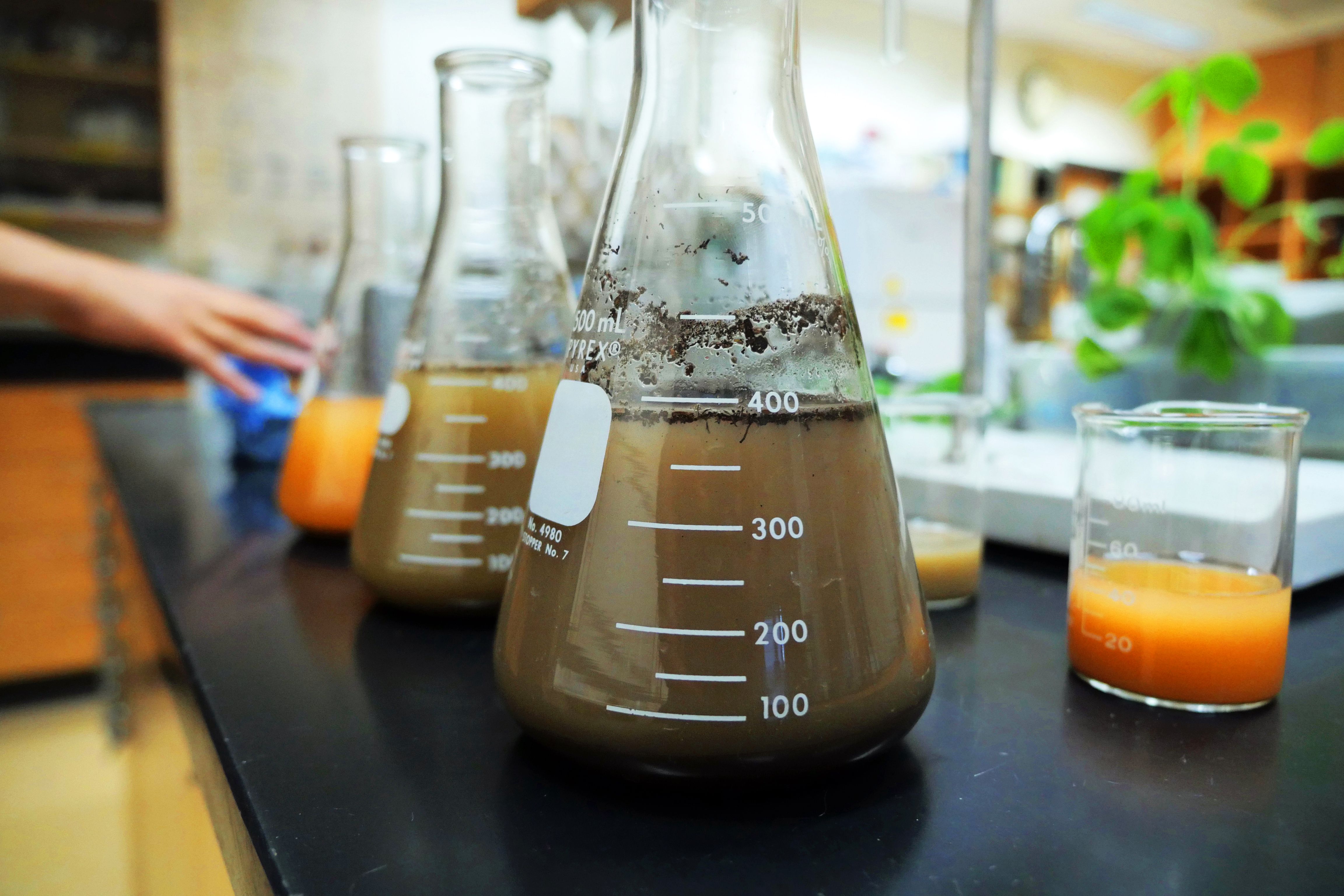plant growth
photosynthesis
as plant shoots grow aboveground, they act like solar panels, using energy from the sun to convert CO2 from the atmosphere into the building blocks of life (i.e. carbohydrates, proteins, fats, nucleic acids).
nutrient uptake
building these organic molecules also requires water and nutrients. as roots grow, they take up nutrients dissolved in water (the "soil solution") or from the surfaces of soil particles.
nutrient cycling
some nutrients are more mobile than others, making it easier for plants to access and take them up
carbonic acid
plants respire some carbon out of their roots as CO2, which forms carbonic acid in water, and can lead to increased mineral weathering and nutrient availability.
root ion exchange
plant roots also release H+, or protons, which can replace other positively charged ions (often plant nutrients) on soil surfaces, making them available for plant uptake.
ph & nutrient availability
ph determines the amount and type of charge on soil minerals and organic matter (the exchange complex), as well as the amount of protons (H+) or hydroxyls (OH-) in the soil solution; driving overall nutrient availability.
metabolism
meanwhile, up to 60% of the plant's carbon is being pumped underground in the form of organic compounds (i.e. sugars, amino acids); providing food/fuel for soil microbes.
decomposition
plant residues fall to the surface, roots slough off, and the soil food web eats and is eaten; cycling carbon and nutrients throughout the soil system.
mineral weathering
animal inputs
above ground, animals nibble on plants. in response, plants change their root growth patterns and pump more carbon underground, in search of nutrients for regrowth. this herbivory has been shown to increase soil microbial biomass and activity.
urine and feces that grazers leave behind provides nutrient-rich food for microbes, enhancing nutrient cycling/availability. applications of these inputs have been found to increase soil organic matter.
trampling from animal hooves helps break up the soil and vegetation. this increases water infiltration, promoting decomposition and seed germination, allowing the cycle to begin again!






